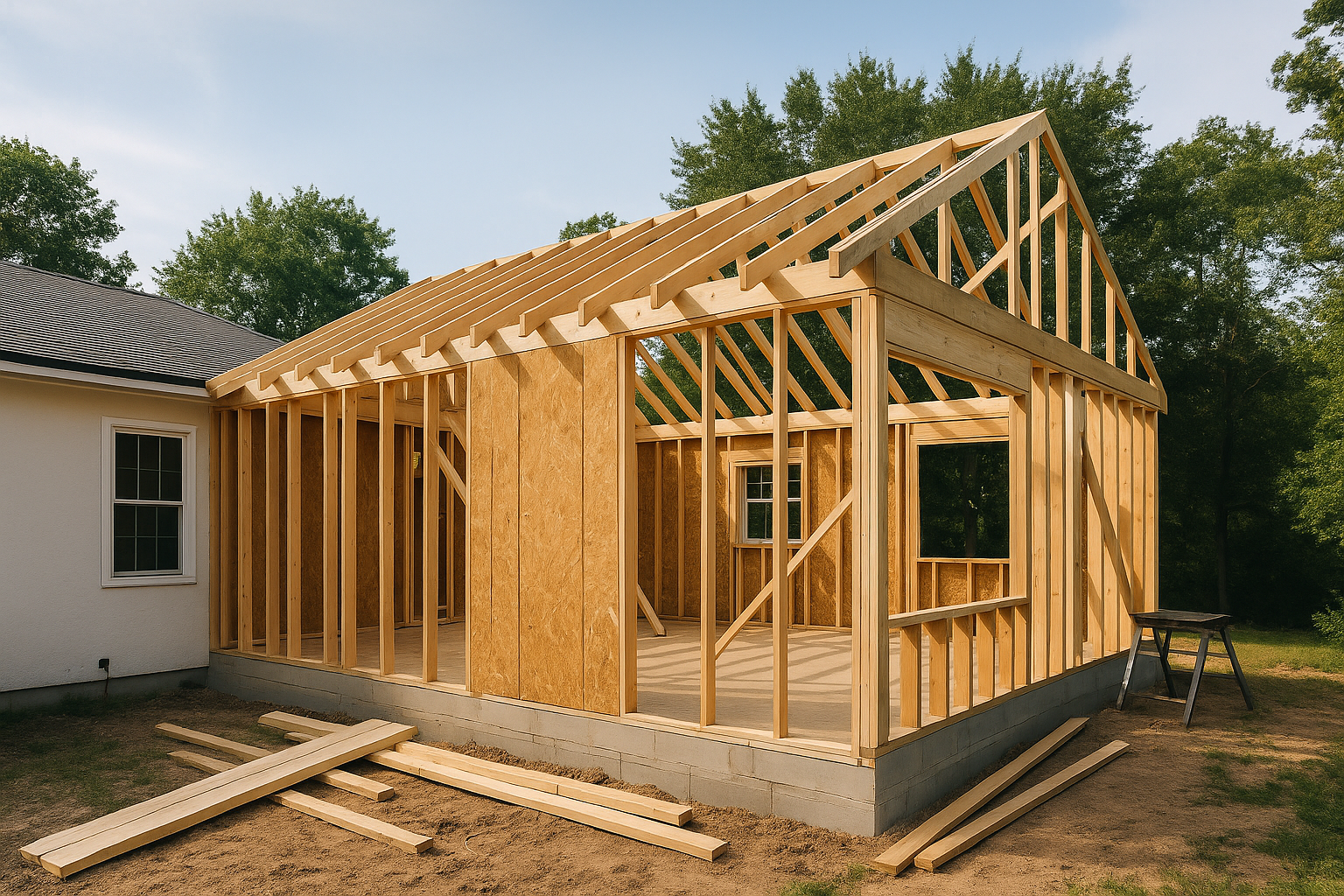Florida is known for its beautiful beaches, sunny weather, and sometimes unpredictable storms. Unfortunately, residents are also vulnerable to the threat of flooding, especially during hurricane season. Whether you’re building a new home or renovating your existing one, it's essential to consider flood prevention to protect your property and family.
At Avery Construction, we specialize in helping homeowners in flood-prone areas build safer, more resilient homes. In this blog, we'll discuss effective flood prevention techniques and how FEMA (Federal Emergency Management Agency) guidelines can play a crucial role in safeguarding your investment.
1. Elevating Your Home: A Key Flood Prevention Strategy
One of the most effective flood prevention measures is to elevate your home above the potential flood levels. According to FEMA, elevating homes can prevent floodwaters from entering and causing significant damage.
How to Elevate Your Home:
- Foundation Elevation: Raise your home above the 100-year floodplain, which is the level at which FEMA predicts there is a 1% chance of flooding annually.
- Flood Vents: Install flood openings or vents to allow floodwaters to flow through your foundation, reducing hydrostatic pressure and preventing structural damage.
By elevating your home, you are not only protecting your living space but also potentially lowering your flood insurance premiums. FEMA provides specific guidelines for elevating structures, including recommendations for flood-resistant materials.
2. Flood-Resistant Materials: Building with the Elements in Mind
FEMA also emphasizes the importance of using flood-resistant materials in areas susceptible to flooding. When building or renovating your home, it’s crucial to select materials that can withstand water exposure without deteriorating or leading to mold growth.
Recommended Flood-Resistant Materials:
- Concrete, masonry, and pressure-treated wood for foundational walls and lower levels.
- Waterproof coatings for exterior walls, doors, and windows.
- Stone, tile, and ceramic flooring that can handle moisture without warping.
Additionally, using moisture-resistant insulation and non-combustible finishes can help mitigate flood damage and ensure your home remains safe even in severe weather conditions.
3. Proper Drainage Systems: Preventing Water Build-Up
A well-designed drainage system is essential to flood prevention. Avery Construction can help you install or upgrade your drainage system to manage water flow efficiently. FEMA recommends creating a graded lot that directs water away from your foundation. This can be achieved through:
- Swales (shallow ditches) to channel rainwater away from the house.
- French drains that allow water to flow freely under the ground, away from the foundation.
- Gutters and downspouts that direct rainwater away from the building’s base.
Having a proper drainage system prevents water from pooling around your home’s foundation and significantly reduces the risk of flooding.
4. Flood Barriers and Flood Proofing Techniques
For homes that are in high-risk flood zones, floodproofing is an effective strategy. FEMA outlines several methods to help keep water out of your home, especially during severe weather events:
- Flood Barriers: Installing removable flood barriers around your property can help keep floodwaters out during a storm.
- Flood-Proof Doors and Windows: Specialized flood-proof doors and windows can be sealed tightly to prevent water entry.
While these measures are typically recommended for homes at risk of significant flooding, they can be a lifesaver when properly executed.
5. Understanding Your Flood Zone: Build Smart with FEMA Resources
Before embarking on a construction or renovation project, it’s important to understand your flood zone. FEMA provides Flood Hazard Maps, which help homeowners identify the level of flood risk their property faces.
FEMA classifies properties into various flood zones, such as:
- Zone AE: High-risk areas with a 1% annual chance of flooding.
- Zone X: Areas outside the high-risk flood zones, though still susceptible to floods in extreme cases.
Knowing your flood zone is essential for building or renovating safely. If you are in a high-risk zone, working with Avery Construction to incorporate flood prevention measures will provide greater peace of mind and potentially reduce flood insurance costs.
6. The Role of Flood Insurance: Protect Your Investment
Even with the best flood prevention measures, it’s crucial to have flood insurance. FEMA’s National Flood Insurance Program (NFIP) offers coverage for homeowners, renters, and businesses in participating communities. Flood insurance helps cover damages that may occur despite your preventive measures.
By combining flood-proof construction techniques with comprehensive flood insurance, you ensure that your property is well-protected in the face of natural disasters.
Conclusion: Building Resilient Homes for a Flood-Smart Future
At Avery Construction, we believe that a proactive approach to flood prevention is essential for homeowners in flood-prone areas. By elevating your home, using flood-resistant materials, installing efficient drainage systems, and following FEMA’s guidelines, you can build or renovate a home that is both beautiful and resilient.
If you're planning a new construction project or a renovation, Avery Construction can help you design and build a flood-smart home. Contact us today to learn more about flood prevention techniques and how we can help protect your property for years to come.
Let’s build for the future—safely, sustainably, and smartly.


.png)
.png)